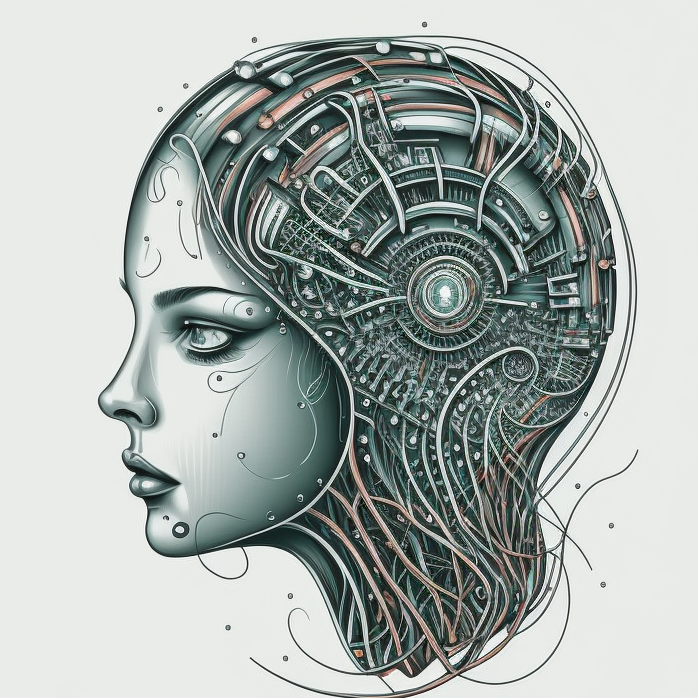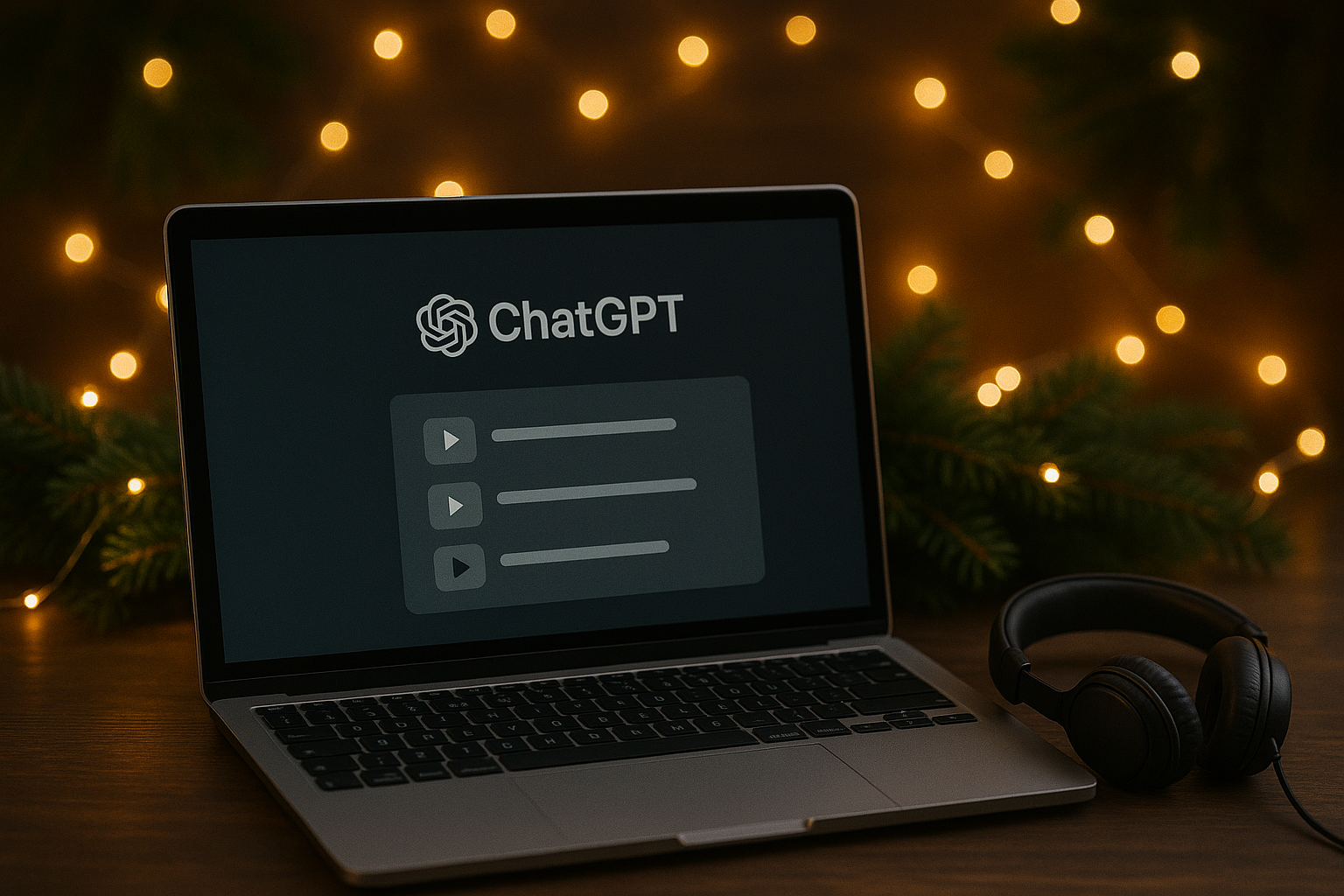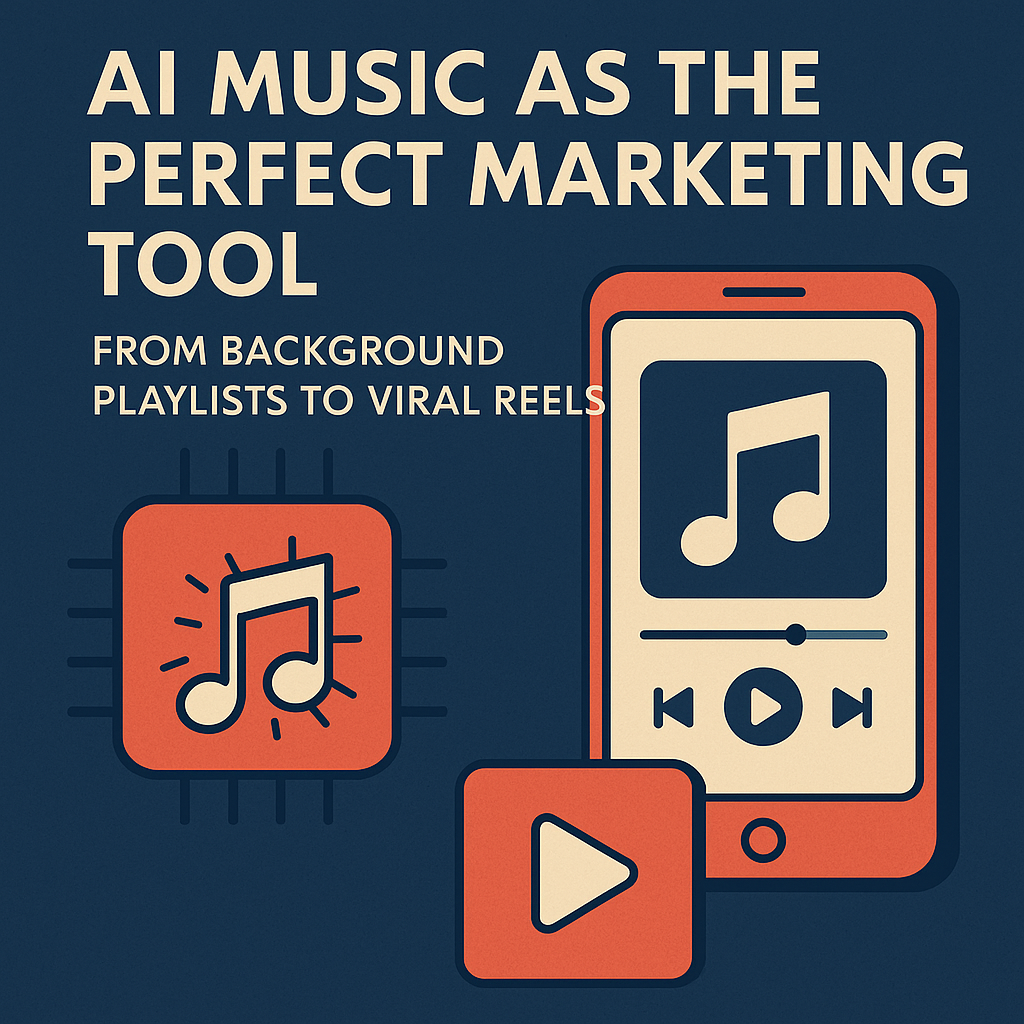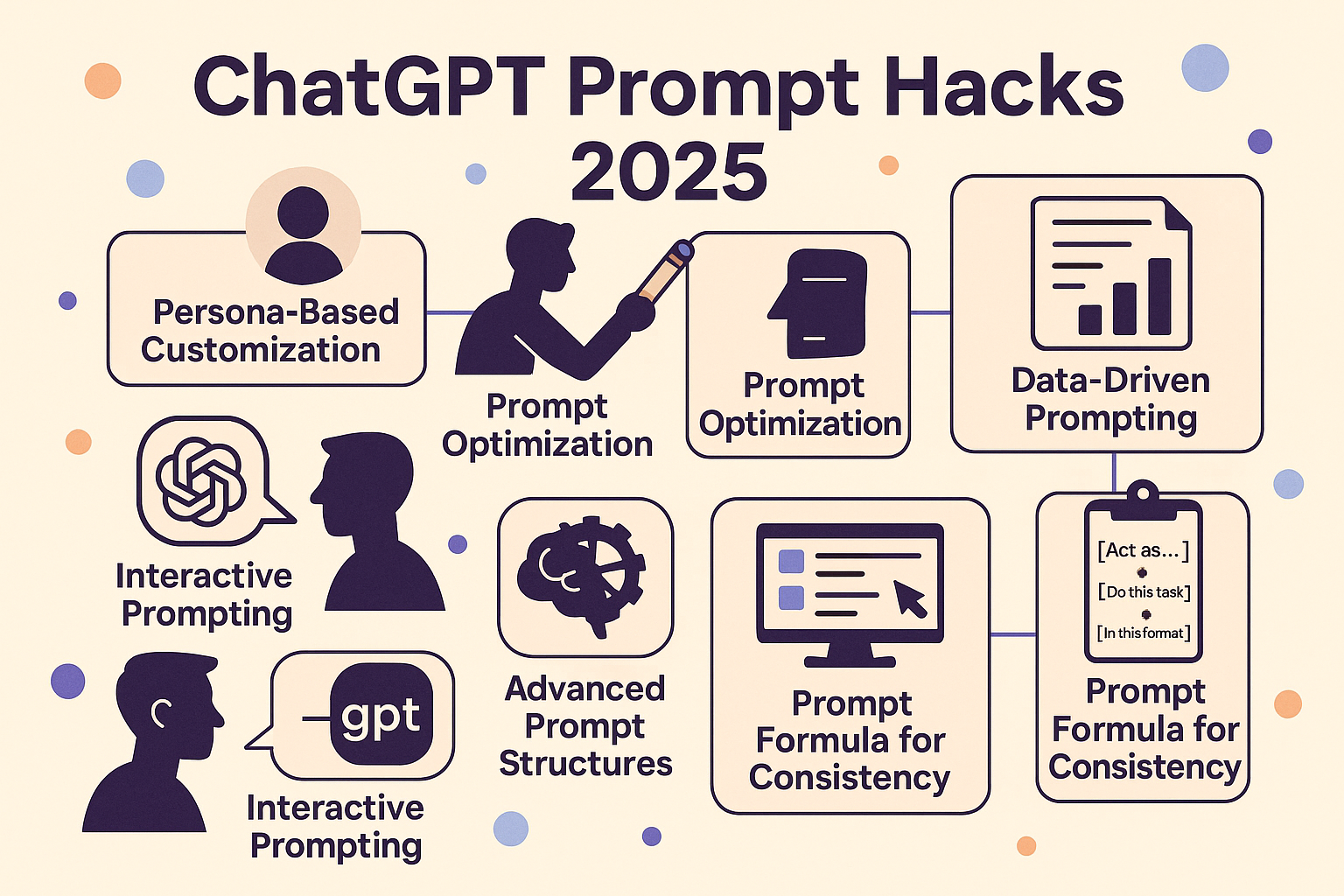Expanding ChatGPT's Horizons: Voice and Vision Integration
ChatGPT Embraces a New Dimension with Voice and Image Capabilities
The realm of artificial intelligence is perpetually evolving, and ChatGPT's latest update is a testament to this dynamic progress. OpenAI has recently rolled out an update introducing voice and image integration to ChatGPT, marking a significant leap in how users interact with this already versatile tool. This article explores the nuances of these new features and their potential impact on everyday life and technological interactions.
Voice Interaction: A Leap into Conversational AI
The integration of voice capabilities into ChatGPT presents an opportunity for users to engage in natural, voice-based conversations with the AI. This new feature, aimed at Plus and Enterprise users initially, offers various applications - from requesting bedtime stories to settling dinner table debates. Users can activate this feature via the mobile app and choose from a selection of voices created in collaboration with professional voice actors. This text-to-speech model is not just about hearing AI but interacting with it in a more human-like manner.
Visual Understanding: Seeing Through AI's Eyes
In addition to voice, the introduction of image capabilities in ChatGPT opens new avenues for interaction. Users can now show ChatGPT images, and the AI can provide information, advice, or even casual conversation about the contents. From troubleshooting appliance issues to discussing historical landmarks in travel photos, the possibilities are vast. This feature employs multimodal GPT-3.5 and GPT-4 models, which apply language reasoning skills to a wide range of images, enhancing the AI's understanding and response accuracy.
Potential Use Cases: From Practical to Creative
Imagine snapping a picture of your fridge and getting recipe suggestions based on its contents, or taking a photo of a math problem and receiving hints to solve it. The implications for educational, culinary, travel, and even creative domains are profound. The visual feature also respects privacy by limiting the AI's ability to analyze and make direct statements about people in the images.
Safety and Limitations: Navigating the New Terrain
While these updates mark a significant advancement, OpenAI is cautious about potential risks and limitations. The voice technology, while innovative, raises concerns about impersonation and fraud. Similarly, vision-based models have challenges like hallucinations about people or inaccuracies in high-stakes domains. OpenAI emphasizes responsible usage and continuous improvement based on real-world feedback and testing.
Conclusion:
The integration of voice and vision in ChatGPT represents a major stride in making AI more accessible and intuitive. As we navigate this enhanced multimodal landscape, the potential for more human-like interactions with AI seems closer than ever. However, it also underlines the importance of mindful and ethical use of these powerful capabilities.



